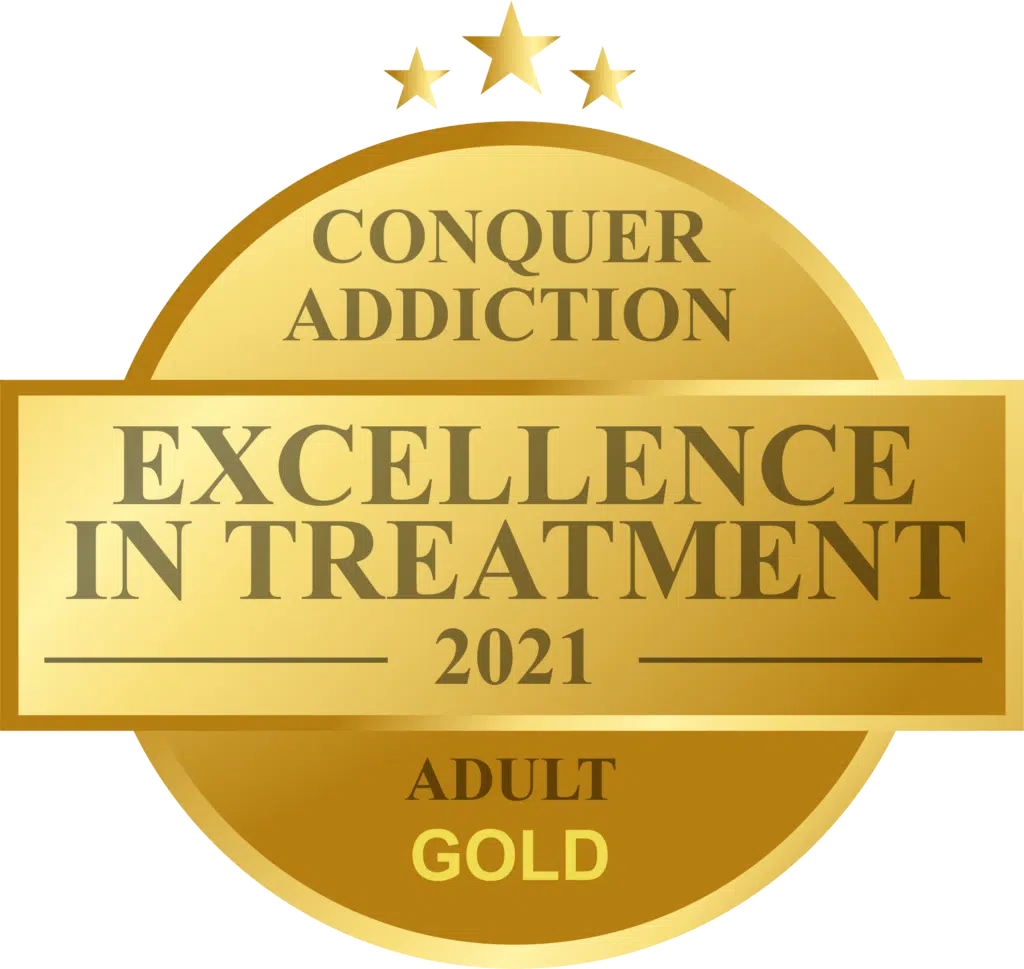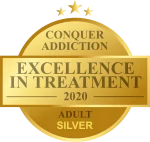Many people who suffer from anxiety do not think twice about taking Xanax to deal with anxiety or sleep disturbances, especially if they have a prescription directly from a doctor. However, they may not understand the full effects of taking Xanax or the risks the substance may offer.
Xanax is frequently targeted for abuse because it may lower the user’s heart rate and create a general feeling of calm and well-being. Over time, however, frequent Xanax users may find themselves taking increasing amounts of Xanax to create the same effect they previously enjoyed. Furthermore, they may end up taking Xanax on a more frequent basis.
The Medical Definition of Xanax
Xanax, also known as alprazolam, is classified as a benzodiazepine. While benzodiazepines are not the same as opioids, they may have some similar effects, including the risk of suffering from addiction to that medication. Xanax “highs” can also feel very similar to those created by opioid use, especially if people abuse those medications and take more than their doctor prescribes. Benzodiazepines are frequently used by people looking for the “feel good” effect.
Xanax is prescribed to treat anxiety disorder and can help patients who struggle with panic attacks. However, the medicine should be used with close supervision and direction from a medical professional.
Benzodiazepines such as Xanax are highly addictive, even if they have been prescribed by a doctor. People who are prescribed Xanax should take extra care to ensure they are only taking the medicine as prescribed. Some people may become addicted to Xanax if they take the medication outside a medical professional’s guidance or take it illegally.
Opioid Examples
While Xanax is not an opioid, there are several drugs that fall into that classification.
- Prescription medications. Doctors prescribe many prescription opioids to help treat pain, including both acute and chronic pain, in patients. However, over time, patients may over-use those medications to treat continuing pain or chase the feel-good effects of those medications. Prescription opioids may include hydrocodone, morphine, codeine, and oxycodone.
- Fentanyl is a commonly-used opioid pain reliever that is more potent than most opioids on the market. Typically, it is used medically for treating severe pain, including end-of-life pain. However, fentanyl abuse and deaths have increased substantially recently, with overdose deaths increasing approximately 56% between 2019 and 2020.
- Heroin is processed from morphine and extracted from some types of poppy plants. It is illegal in the United States.
Types of Benzodiazepines
Xanax is classified not as an opioid but as a benzodiazepine. Benzodiazepines work as depressants, sedating the body to help reduce anxiety. They are often used by people who suffer from opioid addictions.
Common benzodiazepines, in addition to Xanax, may include familiar medications like:
- Valium
- Halcion
- Ativan
- Klonopin
Short-acting benzodiazepines, including Versed, are also used as a treatment for insomnia or sleep disturbances.
Treatment Options for Xanax Addiction
Patients suffering from Xanax addiction may suffer from several symptoms. Using Xanax in increasing quantities, including overdose, can create effects like amnesia, hostility, extreme drowsiness, impaired condition similar to alcohol use, or respiratory depression, which can cause difficulty breathing. Successful treatment for Xanax addiction may involve several essential elements.
Detox
First, patients who intend to alleviate Xanax addiction will need to detox from Xanax. People who have a physical dependence on the drug may find the detox process difficult. It can take several weeks for Xanax to work its way entirely out of the patient’s system. In some cases, the detox process may need to involve staying in a residential treatment center, where patients can undergo supervised detoxification and withdrawal.
Detox can also be medication-assisted to help with discomfort during the process. Working with an addiction treatment center can make the detox process more manageable and smoother and decrease potential medical risks.
Holistic Treatment
Many patients who suffer from Xanax addiction will benefit from holistic treatment: treatment that addresses the patient’s entire mind and body. A patient who has suffered from addiction to benzodiazepines and other sedative substances once may be at high risk for suffering from similar conditions again in the future, due in part because the body and mind remember the feeling associated with taking those drugs.
It can take years for cravings to disappear completely. As a result, patients who suffer from Xanax addiction may benefit from a holistic treatment program that focuses on developing a lifestyle that has nothing to do with drug use.
That may mean things like:
- Meditation
- Exercise
- Massage
- Community support
- Art therapy
- Music therapy
In addition, diet can play a substantial role in overall health and may help many patients more successfully recover from Xanax addiction. A healthy diet can help reduce cravings, improve anxiety symptoms, and make it easier for patients to cope with many challenges they may face on the road to recovery.
Evidenced-based Therapy
Both group and individual therapy can be a critical part of overcoming Xanax addiction. Many people need help not only learning how to cope with cravings but figuring out how to set boundaries or learning the hours that were once used for addiction.
Group therapy sessions can help residents hear what others have been through and how they may have dealt with and overcome those challenges. Not only does group therapy help people recovering from Xanax addiction feel less alone in general, but it may also provide them with more information about strategies that have worked for others.
In individual therapy sessions, on the other hand, residents have the chance to work on many of the challenges that may have led to Xanax addiction in the first place. Some patients, for example, may need to work on treating the underlying anxiety that led to Xanax abuse. In contrast, others may need to learn how to set boundaries or alleviate symptoms through exercise, meditation, music, or art.
Find Support for Xanax Addiction
Dealing with Xanax addiction can prove incredibly difficult. Many patients find it challenging to stop using Xanax, even when they start to notice negative symptoms creeping into their lives. At AToN, we offer luxury treatment services designed to not only help patients deal with Xanax addiction but overcome those challenges and move forward in their lives. We offer a treatment program that includes time out in nature, group and individual therapy, exercise, meditation, and more.
Contact us today to learn more about the support we can provide as you work to overcome Xanax addiction.
















